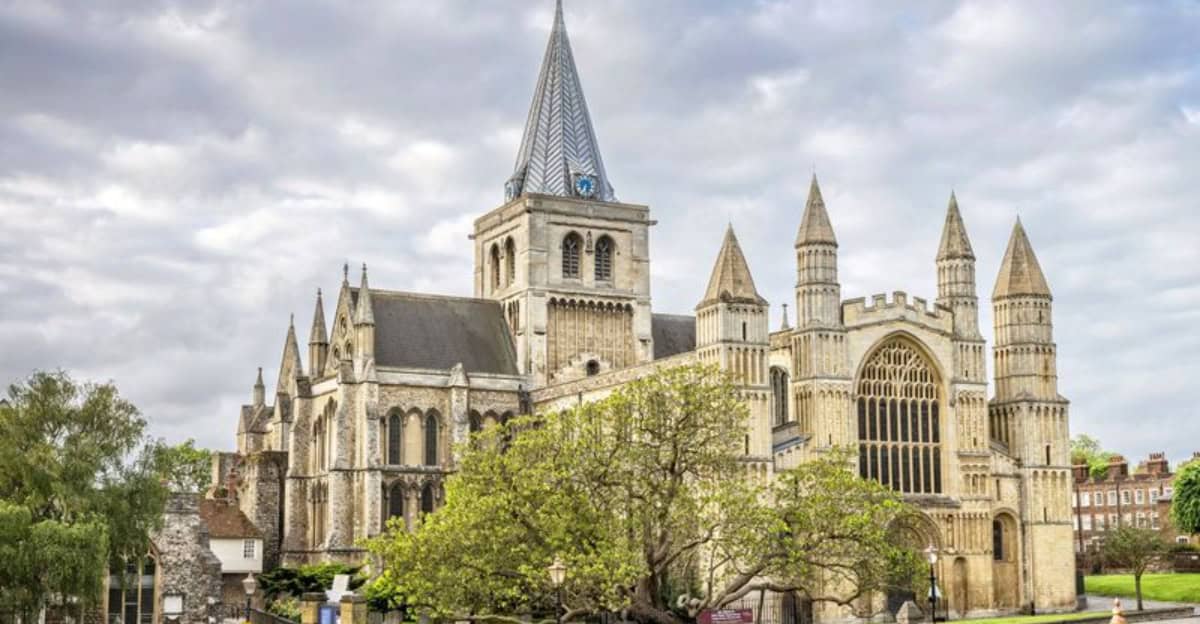Romanesque architecture, known for its powerful and majestic structures, has left a lasting impact on contemporary designs.
This style, characterized by its rounded arches, thick walls, and grand facades, continues to inspire modern architects and designers.
In this article, we explore 10 intriguing elements of Romanesque architecture that remain relevant and influential today.
1. Rounded Arches
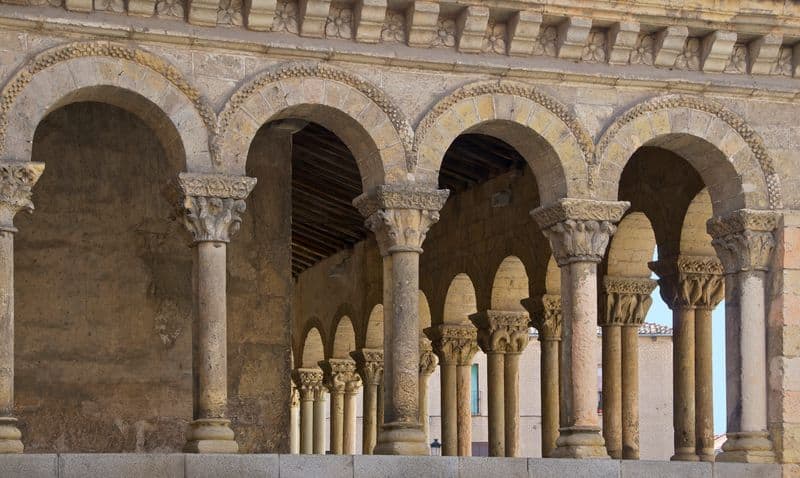
Rounded arches are a defining feature of Romanesque architecture. They convey strength and stability, allowing designers to create larger openings in walls.
These arches add elegance and grandeur to buildings, enhancing their aesthetic appeal. Today, they inspire the design of windows, doorways, and even arched ceilings in modern architecture.
2. Thick Walls
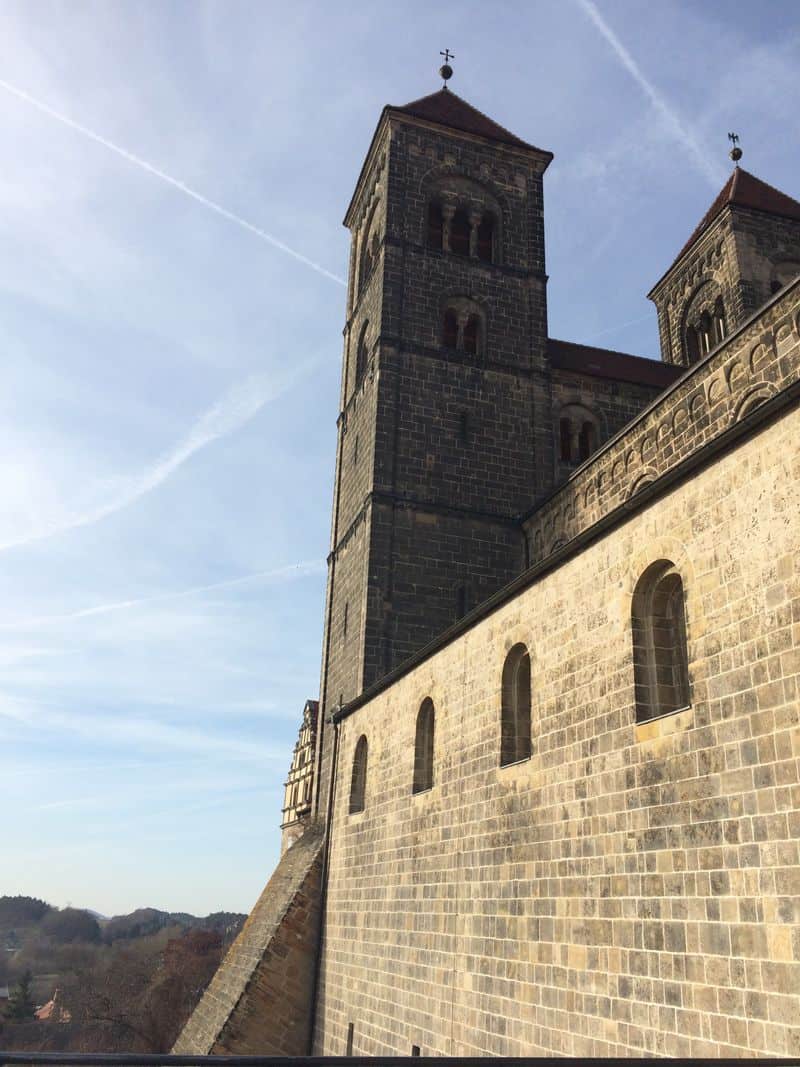
The massive, thick walls of Romanesque structures were not just for support but also for insulation.
These walls provide a sense of security and permanence. Modern designs incorporate this element to create energy-efficient buildings that stand the test of time.
3. Sturdy Piers
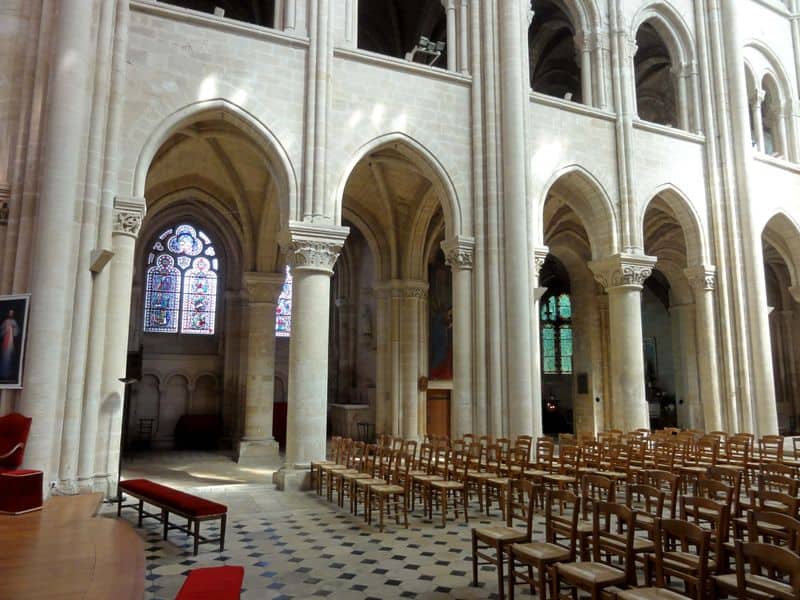
Sturdy piers are essential for supporting the heavy loads of Romanesque structures. These vertical elements add rhythm and order to interiors.
In today’s designs, piers are used not only structurally but also as aesthetic features, defining spaces and creating visual interest within open-plan areas.
4. Barrel Vaults
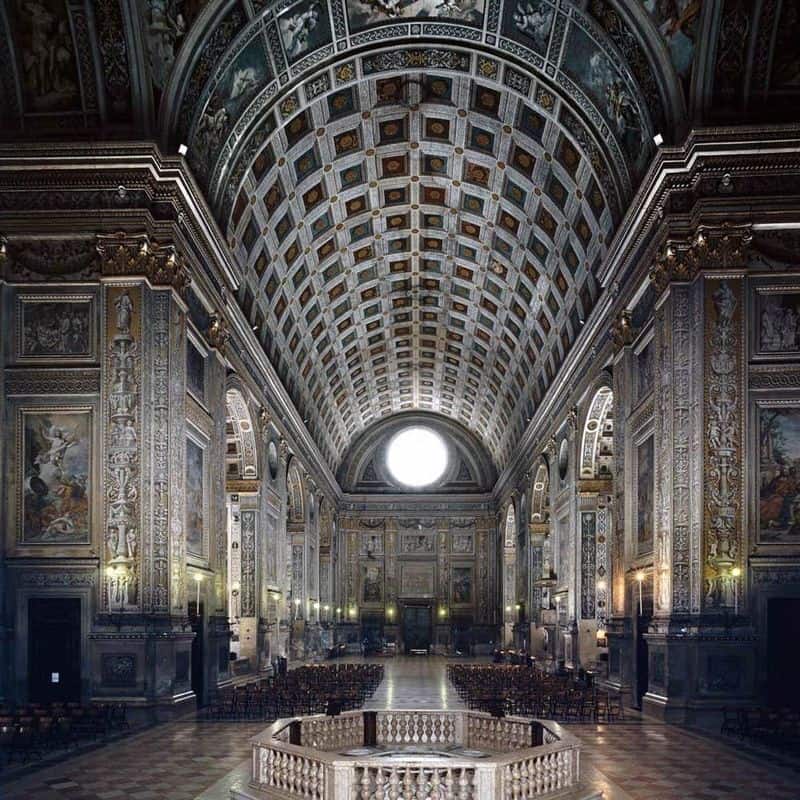
Barrel vaults, with their continuous arch shape, create spacious and acoustically pleasing environments. These structures were vital in Romanesque churches for roof support.
Current designs use barrel vaults in public spaces like atriums and galleries, where acoustics and spaciousness are crucial, echoing historical grandeur.
5. Decorative Arcading
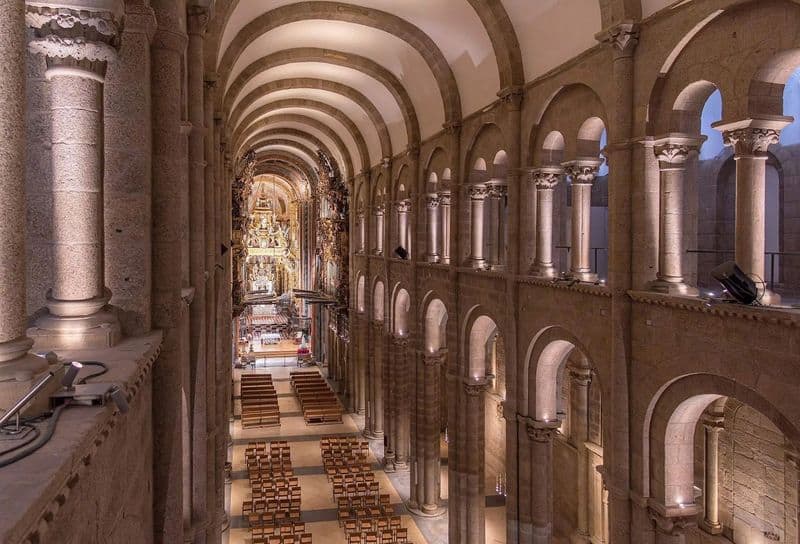
Decorative arcading involves a series of arches used primarily as a decorative element rather than structural support. This feature adds texture and complexity to surfaces.
Contemporary architects use arcading to introduce rhythm and harmony, often in facades and interior walls, creating visually engaging and intricate designs.
6. Tympanum Artwork

The tympanum, a semi-circular area above doorways, traditionally depicted religious scenes in Romanesque architecture.
This artistic feature adds narrative and meaning to a building’s entrance. Modern designs draw from this by incorporating thematic artwork or symbolic elements above entryways, adding depth and storytelling to architecture.
7. Blind Arcades
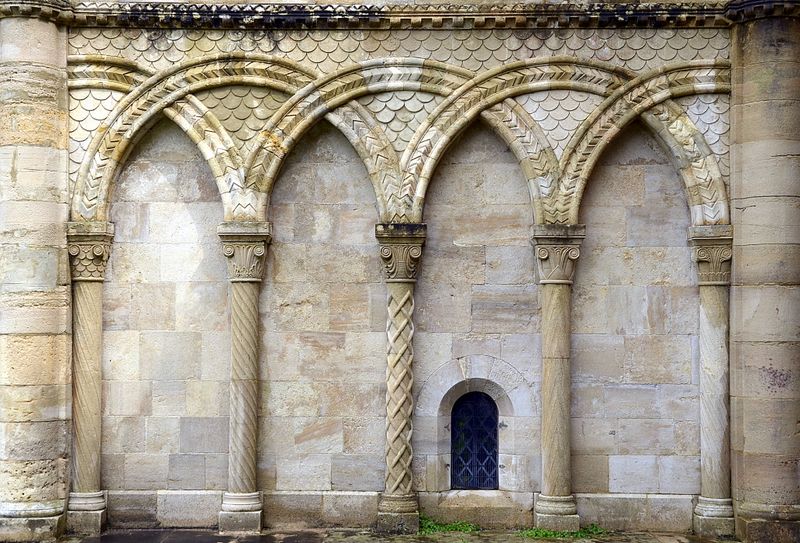
Blind arcades add visual interest without compromising wall strength. These arches, filled with solid walls, were used for decorative purposes in Romanesque buildings.
Today, architects use similar concepts to enhance plain surfaces, providing depth and shadow play, which enriches the aesthetic of modern structures.
8. Massive Towers
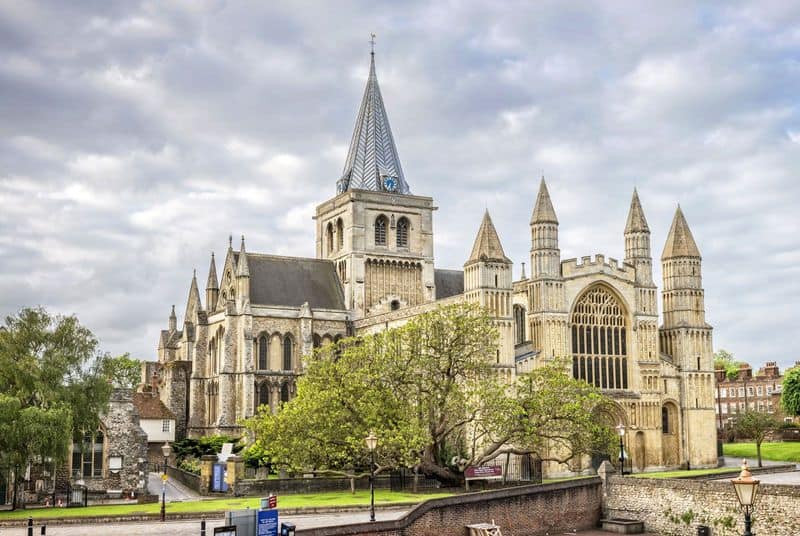
Romanesque towers symbolize strength and authority, often serving as landmarks. These massive structures inspire contemporary skyscrapers and towers.
Modern architecture borrows this element to create iconic silhouettes in urban landscapes, projecting power and prestige.
9. Simple Geometric Forms

Romanesque architecture’s emphasis on simple geometric forms creates a sense of order and clarity. These forms ensure functionality and aesthetic appeal.
In modern architecture, simplicity and geometry are pivotal, promoting minimalism and efficiency, reflecting a timeless design philosophy that balances form and function.
10. Ornamental Capitals
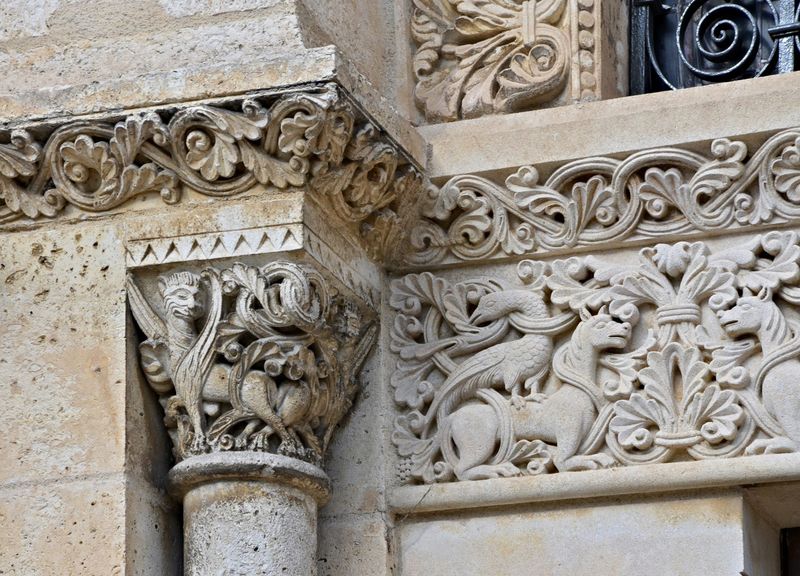
Ornamental capitals in Romanesque architecture feature intricate carvings and motifs. These decorative elements add character and detail to columns.
Contemporary designs embrace such artistry, showcasing craftsmanship and attention to detail. This tradition continues in modern interiors and exteriors, adding flair and narrative to architectural elements.

